Full Name Joseph Manton Occupation Inventor, gunsmith | Name Joseph Manton | |
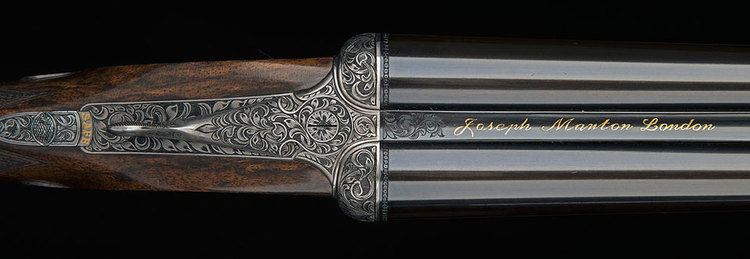 | ||
Died June 29, 1835, London, United Kingdom | ||
Joseph manton fowler nra national firearms museum curator s corner
Joseph Manton (6 June 1766 – 29 June 1835) was a British gunsmith who innovated in sport shooting, improved the quality of weapons and paved the way to the modern artillery shell. Joseph was also a sports shooter in his own right and a friend of Colonel Peter Hawker.
Contents
- Joseph manton fowler nra national firearms museum curator s corner
- 1 3 scale joseph manton double barrel rifle
- Gunsmith
- Tube Lock
- Artillery
- Lost sale
- Legacy
- References
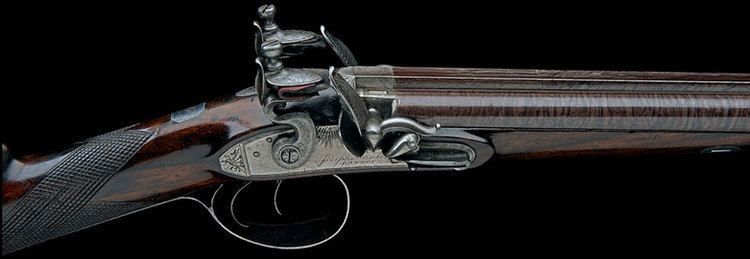
1 3 scale joseph manton double barrel rifle
Gunsmith
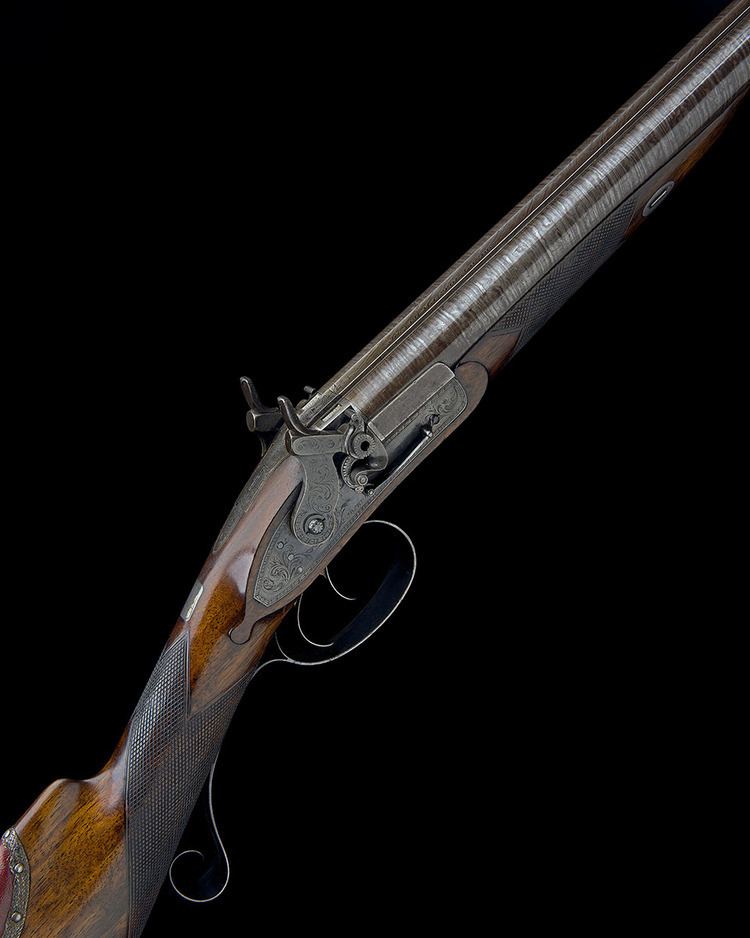
After serving his apprenticeship, he went to work briefly for his brother John, also a noted gunsmith, before starting out on his own, producing about 100 weapons annually, including both cased duelling pistols and shotguns.
Tube Lock

In the early 19th century Manton invented the tube (or pill) lock, an improvement over Alexander Forsyth's scent-bottle lock. Rather than storing a reserve of fulminate in a container they were now single-use pellets. The hammer of the gun was sharpened; when it fell it crushed the tube, causing the fulminates to detonate.
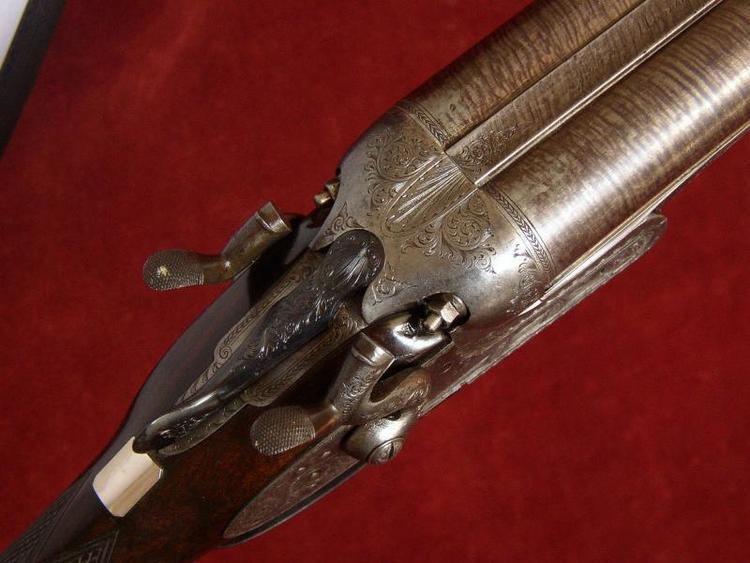
Although more reliable than Forsyth's design and adopted by many sportsmen during the Regency period, (and a variant for the Austrian army), within a short period it was overshadowed by the percussion cap which was adopted by the armies of Britain, France, Russia and America to replace the flintlock.
Artillery
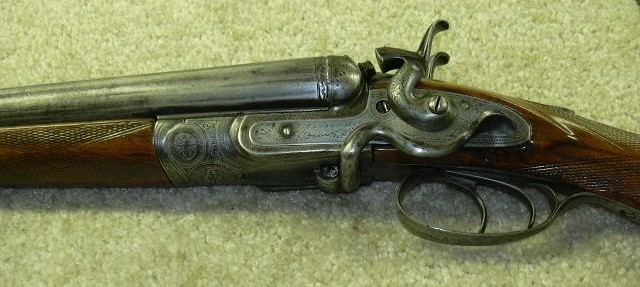
The greater part of Manton's career was to be spent at loggerheads with the British Army. Manton managed to interest the army in purchasing a larger version of his wooden cup design to be used in rifled artillery. Manton worked tirelessly to improve the very inaccurate cannon, and did so by creating a new type of ammunition. Firstly, the ammunition was to be loaded in a rifled cannon. Secondly, the cannonball was attached to the wooden cup that fit into the rifled grooves of the cannon, which was in turn connected to a sack of gunpowder, thus eliminating the need for powder and shot to be loaded separately. The idea of having the powder fixed behind the shot in a disposable cartridge is one still extant today; it is the basis for modern bullet design. It also helped pave the way for breech-loading weaponry.
Lost sale

The army provided him a cannon and funding, and in return expected a greatly improved weapon. Whilst there is little doubt Manton's design was superior, an argument over payment was to cause the army to declare it of small benefit. The row erupted over how Manton was to be paid; he believed the agreement was to a £30,000 lump sum. The army argued that since they had already invested sunk costs into research and development, they did not want to give away such a huge amount of money to a man whose design had not been tested in the field. Manton, angered, patented his design, twisting the army's hand into making him a deal. The army offered him one farthing for each shell they produced, but Manton refused this offer. Surprisingly for Manton, the army stood their ground and did not make him a new offer. Joseph Manton was frightened at the prospect of having spent a great deal of time and money (including some for his own money) into developing a weapon that the army would not use. He returned a new offer to the army, whereby the army could make the shells without paying royalties, but Manton would make the wooden cups. They refused.

Having spent more than a decade in unsuccessful legal battles against the Board of Ordnance, Joseph lost his vast fortunes and was declared bankrupt in 1826. His entire Oxford Street workshop was seized and his stock of guns bought by Joseph Lang, an aspiring gundealer whose company would eventually become part of Atkin, Grant and Lang [1]. Lang is credited with opening one of the first shooting schools in the premises adjoining the Royal Theatre Haymarket.
Legacy
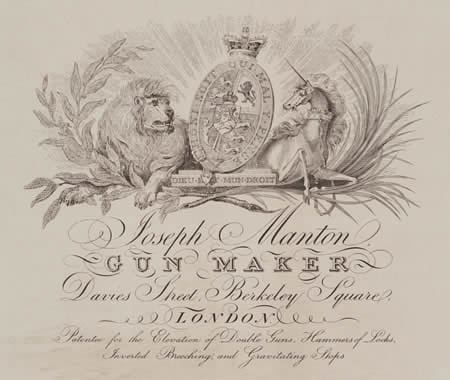
Manton's weapons are considered the finest of the flintlock age. They can fetch more at auction than Holland & Holland's shotguns. His workforce included James Purdey (who went on to found Purdey's), Thomas Boss, William Greener and Charles Lancaster. These four all went on to establish major firms of gunmakers, which continue to this day.
